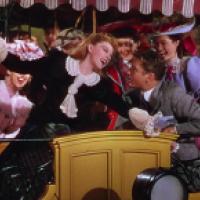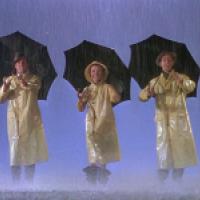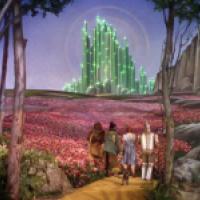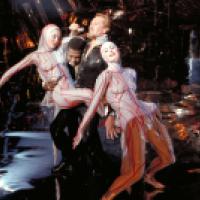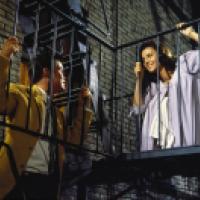Film series: Technicolor Musical Matinees
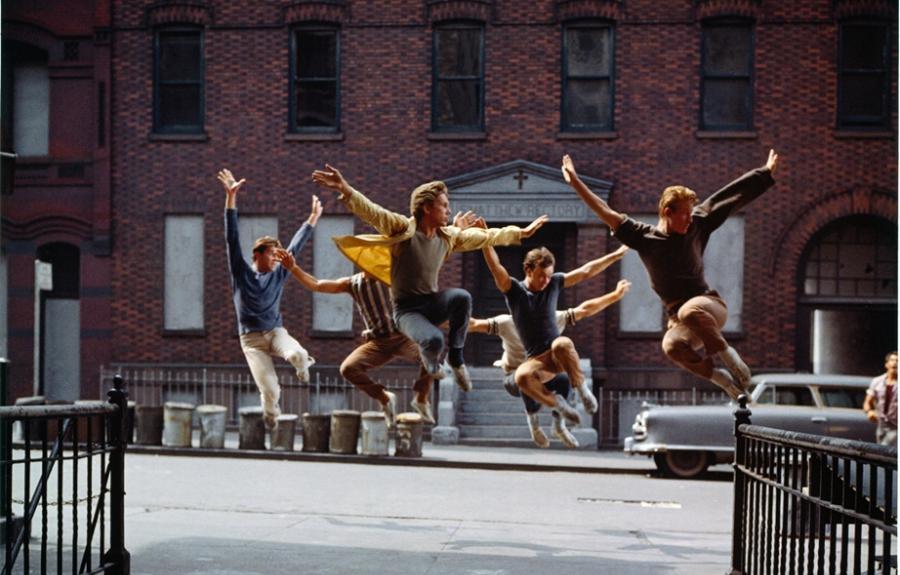
As the days get shorter and the fall chill sets in, Cornell Cinema invites you to travel over the rainbow and into the enchanting world of Technicolor Musicals!
Technicolor's groundbreaking, color filmmaking technologies forever transformed the expressive potential of cinema. In 1932, Technicolor introduced specialized "three-strip" cameras that recorded separate color registers for green, red, and blue onto three film strips. These separate color registers were later printed using a complex, imbibition (IB) dye transfer process in which the individual color registers were layered to create the full color spectrum. While the three-strip cameras were discontinued by 1954, Technicolor continued creating prints using the IB dye transfer in the United States until the 1970s.
Technicolor film prints achieved a luminosity and depth of color that has never been surpassed by subsequent film technologies. Unlike later color film stocks that are prone to discoloration, Technicolor prints are remarkably fade resistant. This has made it possible for film archivists and conservators to produce high-quality digital restorations, preserving the films’ original colors and a spectacular cinema experience for subsequent generations of audiences.
Technicolor was deployed across a wide variety of genres, but because the technology was specialized and expensive, it was frequently reserved for prestige projects with big budgets and elaborate sets, including some of the most influential and enduring musicals in Hollywood history. Our Cornell Cinema series will feature one film from each decade of the "golden age" of Technicolor, which lasted from the mid-1930s to the mid-1970s. These films — captured in glorious Technicolor — harness the colors of the rainbow to tell heartfelt stories filled with memorable characters and infectious musical numbers.
You can learn more about the history of Technicolor and its three-strip, imbibition (IB) dye transfer process in Technicolor 100, produced by the George Eastman Museum in Rochester, New York.
For more, see James Layton and David Pierce, The Dawn of Technicolor, 1915–1935 (George Eastman House, 2015); Fred Basten, Glorious Technicolor: The Movies' Magic Rainbow (Easton Studio Press, 2005), and Richard W. Haines, Technicolor Movies: The History of Dye Transfer Printing (McFarland & Company, 2003).

